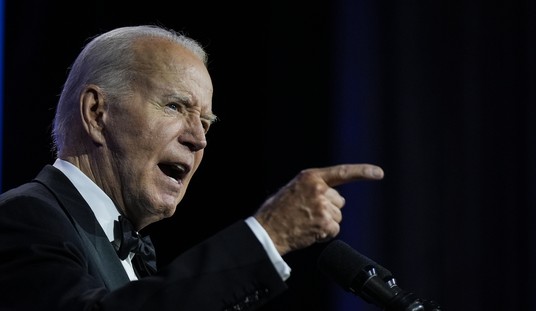Reuters has an interesting piece on Esmee Denters, an 18-year old resident of Oosterbeck, who’s become the Dutch “It Girl” of YouTube:
Nearly 20,000 fans have subscribed to her YouTube channel to receive automatic updates, with about 200 added a day, putting her at No. 22 on the all-time most-popular list.
Denters has since traveled to the United States and met a veritable who’s who of the music industry’s leading executives, from Jason Flom to Antonio “L.A.” Reid to Tommy Motolla. She has recorded demo tracks with Kelly Rowland and is fielding TV deals with Sony Pictures Entertainment.
As Reuters notes, “The obvious logical next step, then, is a record label deal, right? Not so fast”:
“We may decide not to get together with a label,” Denters said via phone, waiting for a flight from Los Angeles to New York for another round of meetings and recording sessions. “We may try new stuff. I’ve already accomplished so much on my own, we’d like to see what we can do with that.”
Artists like Denters, emerging from the realm of user-generated media, have learned to tap the viral power of the Internet to do what acts a generation ago could only dream of — build a grassroots following numbering in the thousands at very little cost or effort.
But being talented and building a fan base is only part of the equation. Artists who decide to go it alone must bear the full financial weight of the various aspects of a music career — recording and production fees, distribution costs, marketing and promotion expenses and more.
These costs are falling in the digital age. Recording and production fees can be extraordinarily cheap, depending on the level of sophistication desired. Tech-savvy artists can further cut costs with a good laptop and ProTools.
Distribution can be done digitally through such firms as the Orchard or INgrooves, which take a flat percentage of each sale for their efforts. Physical sales can be handled by CD Baby at $4 a pop. There are a gaggle of online services designed to host commerce and promotional sites for unsigned acts as part of a “music social network,” most notably PureVolume and Sellaband.com. Companies like Musictoday can serve as a one-stop shop for artists for Web site hosting and design, digital downloads, concert ticket sales, CD replication, fan club management, and merchandise sales and fulfillment.
For licensing, digital services like Rumblefish, PumpAudio and even some digital distribution firms like the Orchard promote their clients’ work to advertising firms and film producers and charge only a percentage of the licensing fee in return. And since they’ve taken no recoupable advance, these artists get to keep all the proceeds.
In a TCS Daily piece back in 2003, I explored the war between Hollywood and Silicon Valley, particularly in the music industry, where so much can be done by a talented DIY-artist. These days, all of the technology visible here in Peter Gabriel’s 1980-era studio easily fits into a PC with a good high-end sound card.
Because it’s so much harder to achieve great visuals rather than great sounds, it will be a while before things level out in the movie industry. But fortunately, Hollywood’s doing an excellent job of lowering their own standards, while technology on the grass roots level continues to become more and more powerful.
Update: NRO’s Peter Suderman looks at American Film Renaissance, one attempt to level the playing field. It’s a very good piece, but I’m not sure if I entirely agree with him when he writes:
Hollywood rarely markets its movies as explicitly










Join the conversation as a VIP Member